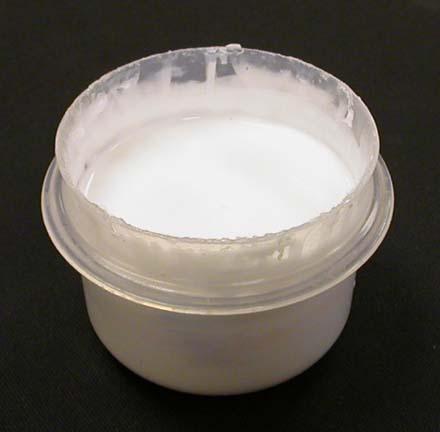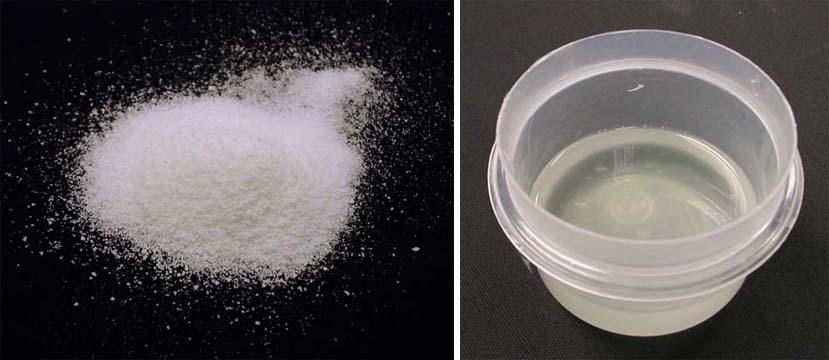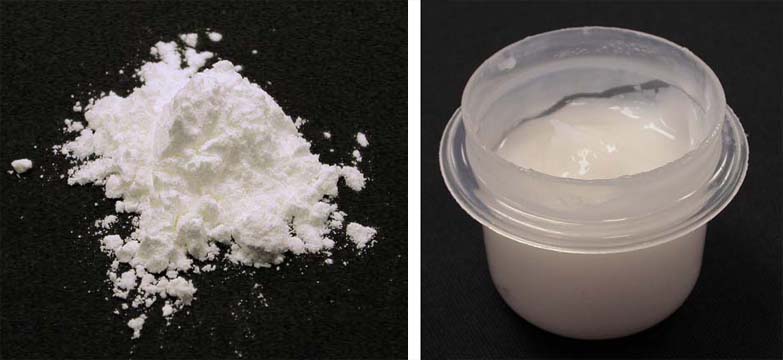Indiana University Libraries Book Repair Manual
PVA/PVA Mixture

Polyvinyl acetate (PVA) is a liquid adhesive that we use for many things here in our lab, such as adhering cloth to board, building boxes out of binder's board, putting down endpapers, and adhering spine linings. We use Jade 403, a Poly(vinyl acetate/ethene) copolymer P(VAC/E). It is pH neutral. It is not reversible (in theory, at least), so if work being done involves reversibility issues, Japanese tissue, adhered with wheat starch paste, is applied directly to the item as a barrier layer. Because PVA is a liquid of high surface tension, its application meets with considerable brush drag. Thus, it is not the adhesive of choice for large surfaces unless board-to-board joints are involved. PVA is used for all such joints.
PVA mixture is a 50/50 mixture of PVA and methyl cellulose. It sets a bit more slowly than PVA, allowing for an extended working time. The methyl cellulose facilitates application by serving as a surfactant, reducing surface tension and thus reducing brush drag. For most work, we use mixture rather than straight PVA because it is easier to manage. Also, for applications other than board-to-board joints, there is no appreciable difference in bond strength between straight PVA and mixture.
Methyl Cellulose

This non-toxic, plasma-consistency substance is a weak adhesive. However, our main use for it, in its pure state, is for cleaning the spines of books which are being re-cased or put into new cases. Methyl cellulose serves as an excellent solvent of hide glue, some modern adhesives, and will to some degree soften PVA, given sufficient time to do so. It is also the additive used with PVA to make PVA mixture. Methyl cellulose is purchased in powdered form and mixed with water to bring it to its usable state. The powder is of a somewhat granular texture. As a result, the use solution has a slightly granular consistency as well; rather like tapioca, but to a less pronounced degree.
Wheat Starch Paste

Wheat starch paste is is a smooth adhesive that is used for paper-to-paper adhesion, and when reversibility is important. We use it for a variety of things, including mending paper tears and adding a barrier layer of Japanese paper to the spine of a text block before adhering a cloth spine lining with PVA mixture. Wheat starch paste is purchased as wheat starch powder and mixed with water, either in the sauce cooker or in a microwave oven. The starch is highly refined and closely resembles cornstarch. After cooking, the paste is cooled, then strained using a horsehair or nylon strainer, and stored in a clean, airtight jar. Once mixed into paste, it will keep a few days without refrigeration, or up to about a week in the fridge. Covering the paste with water also helps it last longer.